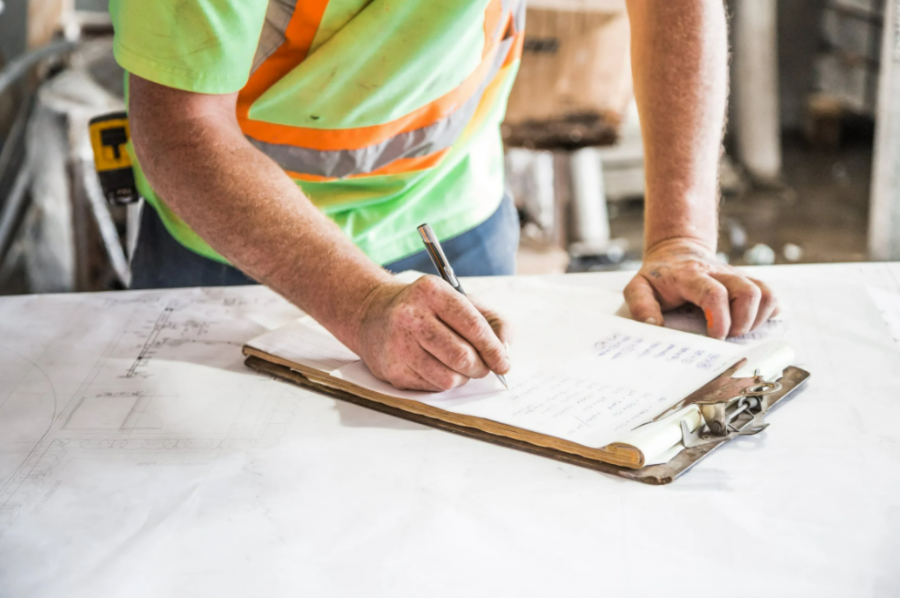In the construction industry, as with any other business, time is money. Therefore, you need to reduce downtime on job sites as much as possible to save on expenses and increase your profits. There are a few precautions your company can adopt to decrease downtime and delays on your construction site.
Provide Proper Employee Training
Employee training may be one of the most crucial aspects of reducing delays and downtime. Just because a potential worker claims to have extensive knowledge of running a backhoe does not mean that they are telling the truth.
Before hiring new recruits, you should put them through proper training classes. These classes should include worksite safety and how to properly operate machinery. Teaching employees how to operate each piece of equipment will lower the risk of them damaging the machines during work and of them hurting themselves or their co-workers.
Invest in Regular Machine Maintenance
When construction equipment breaks down, it can be expensive to fix. It can also delay the project or slow it down significantly. Keep your construction equipment running properly by having them serviced regularly. During routine maintenance, mechanics can also detect oncoming problems before they become serious enough to affect your project.
Equipment Repairs
Even with routine maintenance, equipment can still malfunction from time to time. When it does, you need fast heavy duty truck repairs. The sooner the problem can be solved, the sooner you can get the truck back on the job site. That’s why you need to have a heavy duty truck mechanic that prioritizes your vehicles. Find a reliable mechanic shop, like Black Dog Oil Field Services LTD, that can handle repairs for heavy-duty trucks and equipment and establish a great working relationship with them.
Construction Project Management Software
We live in a digital age, so you might as well take advantage of it. You can get construction project management software that will make the entire process run more smoothly. You’ll be able to manage documents, communicate with your teams in real time, manage your equipment more effectively, and create daily task lists for teams as well as individuals.
Plan Your Project Around Bad Weather
Before putting a job on the calendar, try your best to schedule it around bad weather. Weather apps are not always completely accurate, but they do a pretty good job of laying out the forecast for roughly 10 days. If you have a project coming up and see that bad weather is on the way, try to change your schedule around, performing a different job during the bad weather and returning to the other once it has passed.
Downtime and delays are not always avoidable on a construction site. However, there are steps you can take to minimize problems and ensure delays are as short as possible, keeping things running as smoothly.

